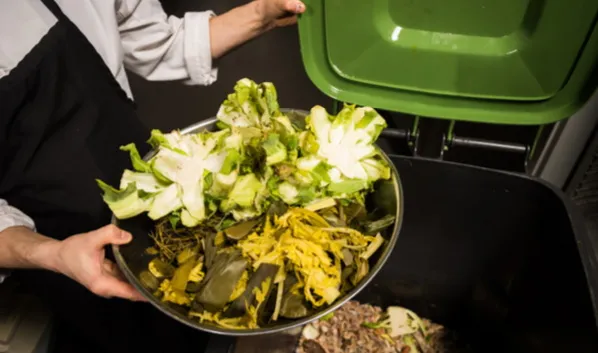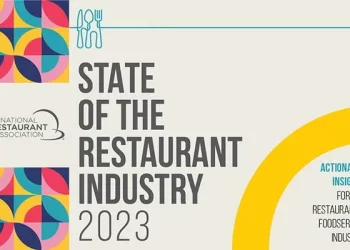
Its arduous to think about that the way in which a pepper is minimize throughout preparation can dramatically scale back the quantity of meals wasted in a restaurant kitchen, however thats precisely what one quickservice restaurant not too long ago discovered throughout a pilot of a brand new meals waste discount program created by means of the partnership of the National Restaurant Association and World Wildlife Fund (WWF). By implementing a small shift in prep requirements for inexperienced peppers, the restaurant noticed an elevated yield of 9.5 p.c or two extra kilos of sliced peppers per case.
This system, 86 Food Waste, consists of a set of free sources obtainable for obtain by any restaurant. To check real-world implementation, the Affiliation and WWF recruited each nationwide and impartial eating places to take part in a 30-day pilot of this system with assist from The Rockefeller Basis and Tork, an Essity model. The findings from the pilot had been collected right into a report, Managing Meals Waste in Eating places: How Small Steps can have a Large Affect on Lowering Waste and Defending the Planet.
In response to analysis, the restaurant trade has the potential to realize $1.6 billion in unrealized earnings yearly by implementing meals waste discount ways, mentioned Jeff Clark, director of sustainability and vitamin for the Nationwide Restaurant Affiliation. The issue is, making these commitments, coaching employees, and operating a worthwhile restaurant may be exceedingly troublesome, particularly if an proprietor or supervisor tries to tackle the problem of meals waste . This partnership with WWF gave us the distinctive alternative to create and pilot real-life meals waste discount efforts that may assist eating places begin making small adjustments throughout how they order provides, put together meals, plan menu ideas, and donate or divert unused meals.
The report is an insiders view of how eating places of various segments turned idea into follow, and contains necessary classes discovered from the pilots. Highlights in these findings embrace:
- Separation and measurement drive options, irrespective of the restaurant model. Implementation of a meals waste discount program seems to be completely different relying on a restaurants idea, operation, location and different elements. Nevertheless, separation and measurement of meals waste is an efficient strategy to zero in on strategic alternatives to battle distinctive or situational meals waste challenges.
- Discount alternatives exist to sort out each back and front of home waste: Waste breaks down otherwise within the entrance of home and again of home. On this examine we discovered waste generated at the back of home was, on common, 73% a results of spoilage and preparation waste, whereas entrance of home was 27% buyer plate waste. Our pilots discovered quite a few ways to handle waste in each features.
- Employees engagement is important to success: The restaurant sector is fast-paced and has a excessive turnover fee in each degree of staffing. Its necessary to have at the very least one group member devoted to championing new behaviors and embedding these practices into the usual working procedures and worker tradition of the restaurant.
Within the U.S., there are multiple million eating places using greater than 15 million individuals. Think about if each restaurant within the U.S. determined to make a small and rapid changeequivalent to measurement or a prep adjustmentto handle meals waste? Its the small adjustments, when made by hundreds of thousands of individuals, that add as much as one thing huge, mentioned Pete Pearson, senior director of meals loss and waste at WWF.
To make the 86 Meals Waste program obtainable to as many eating places as doable, all sources are downloadable for free of charge at 86FoodWaste.com.







